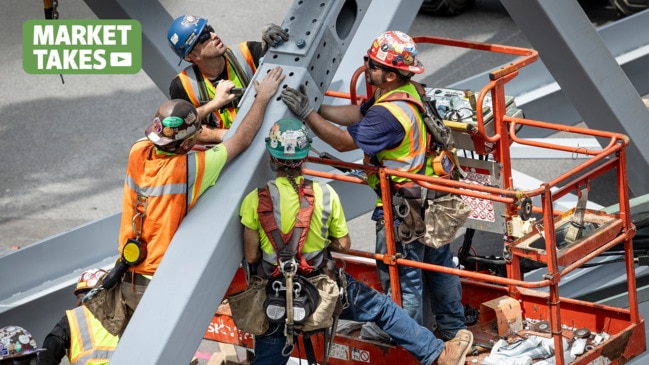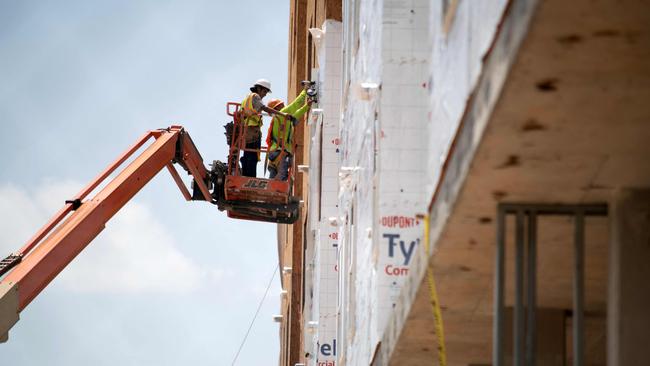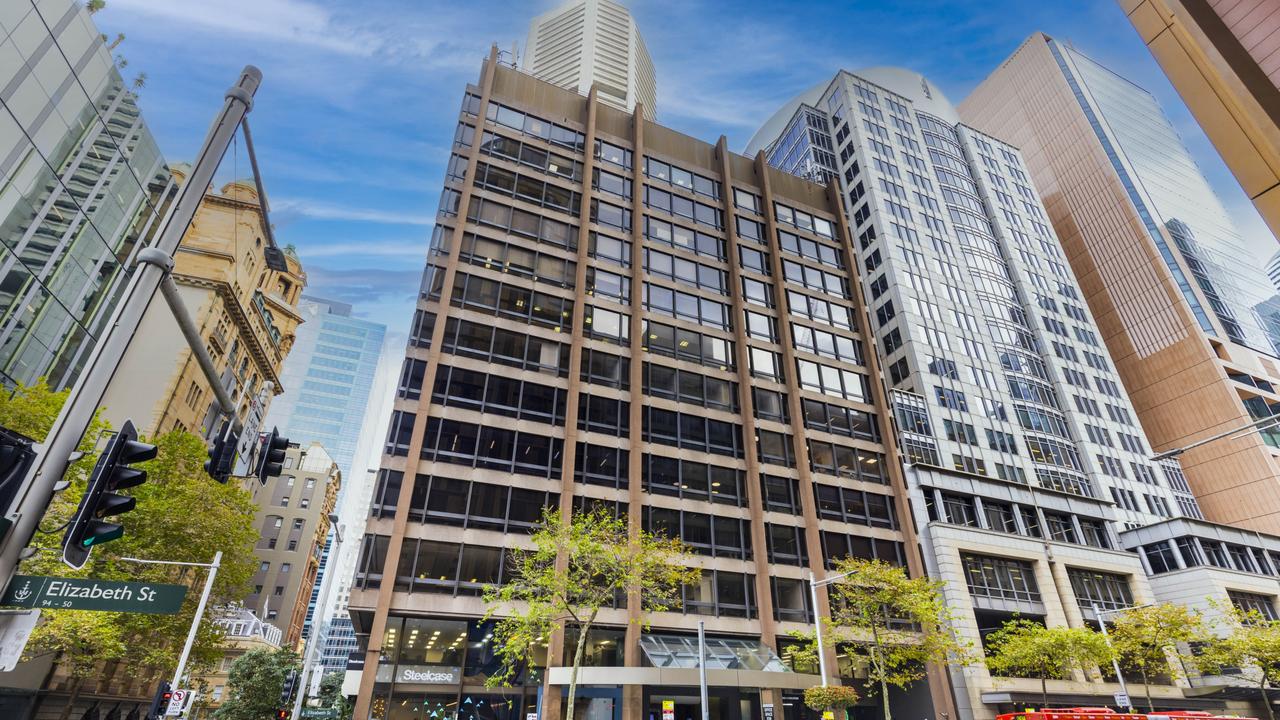‘Houses on the line’ as directors face bankruptcy
Struggling business owners around Australia are putting their homes on the line as increasingly tough debt collection efforts by the taxman edge many closer to bankruptcy. SEE THE LIST.

Company directors are putting their homes on the line as increasingly tough debt collection efforts by the taxman edge many closer to bankruptcy, as liquidation and external administrations jumped 18 per cent in August.
Revive Financial director Jarvis Archer says the level of personal liability that business owners had for their company debts was increasingly problematic.
Mr Archer said a campaign by the Australian Taxation Office to target more businesses with director penalty notices had caught many people off-guard as they struggled to recover from Covid-19 shutdowns. Such notices can make the director personally liable for tax debts accrued by the company.
“On top of this, many business owners have turned to unsecured business lending to keep the ATO at bay, or fill the cash flow gap left by rising costs or declining sales,” Mr Archer said. “These loans are almost always supported by a director guarantee.”
In August, there were 651 liquidation or administration appointments nationally, according to indicative data from the Australian Securities and Investments Commission. The tally was up 18 per cent from 551 in July and 20.5 per cent on the 540 notched up in August last year. The figures exclude receiverships and company collapses where no home state was listed.
NSW had the most failures last month at 273, which was 19 per cent more than in July (229), while Victoria had 181 liquidations and administrations, up 29 per cent from 140 the previous month.
Queensland-based DCB Developments and Chelbrooke Homes were among the building firms that went to the wall last month as the construction sector remained heavily exposed to economic headwinds. In Western Australia, Western Luxury Homes went into liquidation and Sydney building company Simone Homes also collapsed.
South Australian company Titanium Security collapsed for the second time in two years after staff complained of not being paid.
Gold Coast-based Warwick Gold Holdings, which says its mining projects in Australia and Papua New Guinea could be worth hundreds of billions of dollars, has been placed in administration for a second time. And NSW-based ASX-listed food, beverage and nutrition retailer Halo Food Co went into voluntary administration.

Mr Archer reminded directors they can still carry liability for the company’s debts personally, even if they deal with the debts through an insolvency process.
“This puts their house on the line, and makes bankruptcy a potential option – which may cause the business to close,” Mr Archer said.
“A company insolvency provides no debt relief in those circumstances, and the director has to look at their personal financial position instead.”
Mr Archer added the ATO’s continuing recovery activities were driving a real increase in insolvency appointments. “The urgency from directors (to appoint liquidators or administrators) has actually been a bit overwhelming,” Mr Archer said. “Even the ATO seems to be struggling to keep up with the workload.” He said his advice to business owners was “don’t reach for easy cash”, which is a band-aid in many instances.
Deloitte Australia partner Richard Hughes said insolvencies were returning to pre-Covid-19 levels in line with generally tougher economic conditions.
“The property and construction industry appears to have continuing challenges, as indicated by the insolvency statistics,” Mr Hughes said.
“Fixed price contracts, cost inflation, continued (but reducing) supply chain and labour challenges are all contributing, as well as a higher cost of finance.

“Other areas that appear to be challenging are technology, due to the tighter fundraising conditions, and agriculture due to regional weather events and consequent market conditions.”
Mr Hughes said banks were still supporting customers.
“There are a multitude of options available to distressed businesses to restructure outside of insolvency, and I would expect this trend to continue,” he said.
“Offsetting this is increased ATO activity and tighter economic conditions. On balance, this means I would expect insolvencies to remain at current levels, if not elevated.”
Commercial credit reporting bureau CreditorWatch found business and consumer sentiment continues to remain weak, which signalled difficult times ahead, particularly for the retail, and food and beverage sectors.
CreditorWatch’s latest business failure rate prediction, which is published in the bureau’s monthly Business Risk Index, has also increased.
By July 2024, it’s forecasting that 5.79 per cent of Australian businesses will have failed over the past year, up from 4.67 per cent today.
CreditorWatch chief executive Patrick Coghlan said that as credit inquiries increase, so to do the risks for lenders in this current environment.
‘’Many Australian businesses are struggling with cash flow and seeking credit to grow as they grapple with high inflation, decreasing demand and declining forward orders,’’ he said.
“To mitigate risk in this volatile economy, it is crucial for lenders to strengthen their credit modelling and credit scoring to ensure they have multi-layered visibility on their loan applicants.”






To join the conversation, please log in. Don't have an account? Register
Join the conversation, you are commenting as Logout